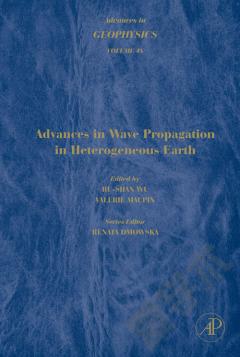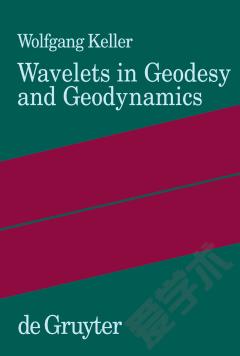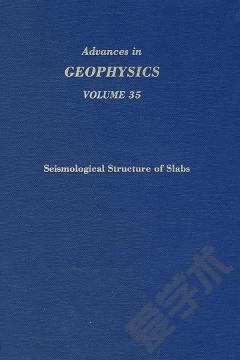Advances in Geophysics —— Advances in Wave Propagation in Heterogeneous Earth
----- 地球物理学进展48卷
Significant progress in our understanding of the Earth's structure and functioning is dependent on new and original observations. However, these observations cannot be interpreted in a quantitative way without tools to model them, and developing adequate modelling methods is also a prerequisite for progress. Seismological raw data in the 21st century are mostly three-component broadband recordings, and require advanced numerical tools to be modelled, especially if lateral variations in the model are accounted for in addition to the radial stratification of the Earth. Considerable progress has been made concerning modelling of elastic waves in laterally heterogeneous structures in the last decades, taking advantage of the development of computer power. The number of articles related to new developments of diverse methods is enormous and it can be very difficult for newcomers to get an overview of the different methods available, and to be able to find which method is most appropriate for his or her applications. This book aims at giving introductions and basic reviews of the modelling methods for elastic waves in laterally heterogeneous structures which are most commonly used in contemporary seismology, or may have great potential for the future.
{{comment.content}}








 京公网安备 11010802027623号
京公网安备 11010802027623号